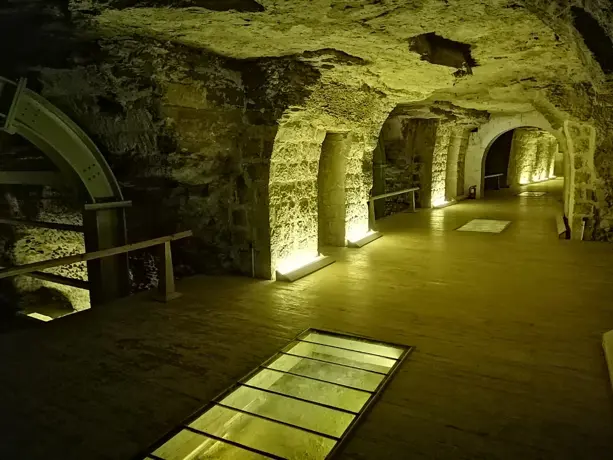Recent News
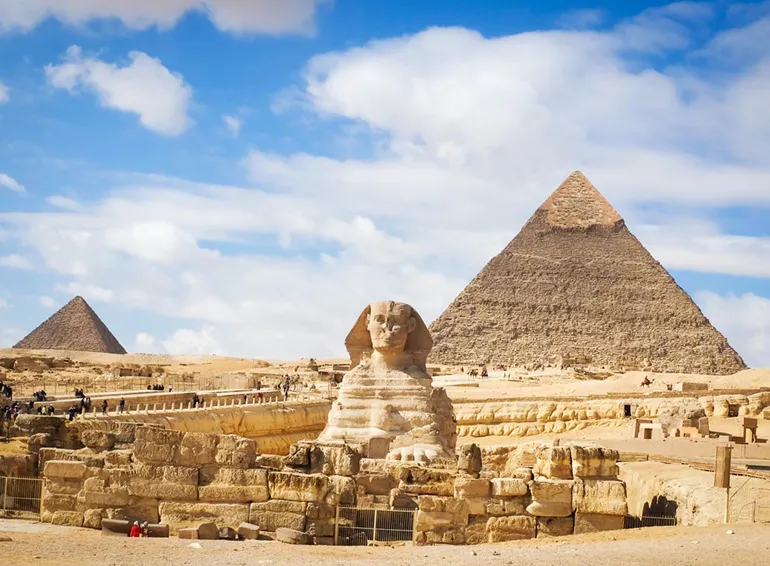
4
Oct
The Secret of the Sphinx
The Secret of the Sphinx: Unveiling Egypt's Timeless Mystery
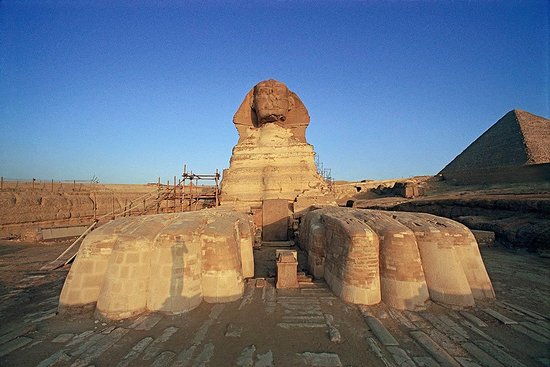
The Great Sphinx of Giza stands as one of the most iconic monuments of ancient Egypt. For millennia, it has gazed over the Giza desert, captivating visitors with its enigmatic smile. But who lies behind this magnificent stone figure, and what mysteries does it conceal? Let's uncover the secrets of the Sphinx and explore some fascinating facts about this ancient marvel.
The Appearance of the Great Sphinx
The Sphinx features a human head with the body of a lion, symbolizing strength and wisdom. It measures approximately 20 meters in height and 73 meters in length, sitting majestically at the base of the Great Pyramid. Its head stands about 2.10 meters tall, while the chest spans 19 meters. Notably, the Sphinx lacks a beard, an unusual characteristic for Egyptian royalty and deities.
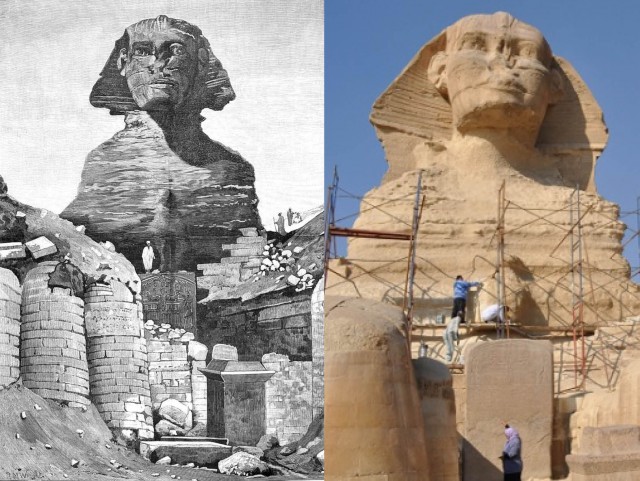
When Was the Sphinx Built?
The exact construction date of the Sphinx remains uncertain. Most Egyptologists agree it was built around 2560 BCE during the 4th Dynasty under Pharaoh Khafre. However, some theories suggest it may date back another 500 years to the reign of Pharaoh Khufu, the builder of the Great Pyramid.
The Symbolism of the Sphinx
As a hybrid of a human and a lion, the Sphinx embodies multiple symbols. The lion represents strength, royalty, and power, while the human head is believed to depict Pharaoh Khafre. Positioned at the foot of the pyramid, the Sphinx likely served as a guardian for the king’s tomb. Others connect the statue to the sun and ancient Egyptian creation myths.
Preservation Efforts of the Sphinx
Despite thousands of years of exposure to harsh weather conditions, the Sphinx remains remarkably intact. Sandstorms, rain, and erosion have left their marks, but restoration efforts aim to preserve its majesty. Traces of paint found on the statue suggest it was once vibrantly colored.
Legends of Nightly Visits
A popular myth claims the Sphinx cannot be seen at night. Egyptian writer Naguib Mahfouz even referenced nocturnal visits in one of his novellas. Travelers have reported sightings of the Sphinx at dawn, adding to its mystique.
Mysterious Phenomena Around the Sphinx
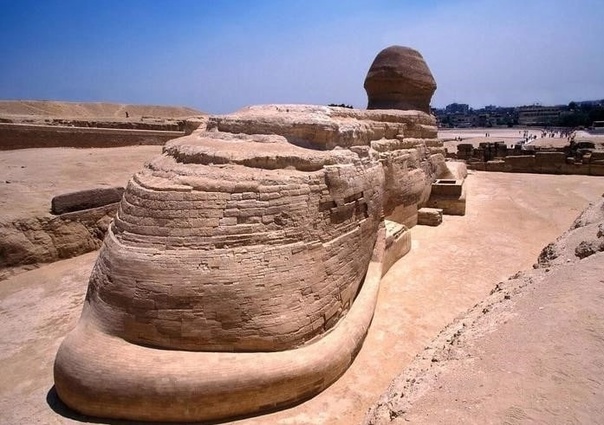
Many visitors have shared stories of strange occurrences near the Sphinx. Some claim to have witnessed two suns in the sky, while others have captured photographs showing what appear to be energy fields around its head. Unexplained noises and voices further fuel the legend of the Sphinx's mystery.
Unveiling Hidden Faces Beneath the Sand
Recent theories suggest that alternative faces of the Sphinx may lie buried beneath the sand. Exploratory work has uncovered human facial features at deeper levels, hinting at the possibility of other pharaohs or secrets hidden below. Ongoing research may provide new insights into this ancient enigma.
The Sphinx: A Symbol of Global Fascination
The Great Sphinx of Giza stands as a symbol of mystery and wonder. It has inspired countless works of art, literature, and esoteric theories. Even NASA honored its legacy by naming a moon of Mars after it. To this day, the Sphinx remains a timeless marvel and one of humanity’s greatest unsolved mysteries.



_lg.webp)

_lg.webp)
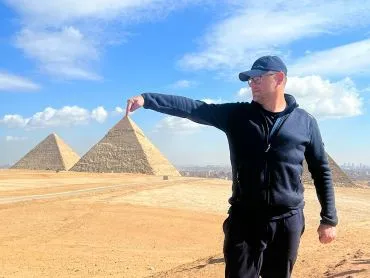
_lg.webp)
